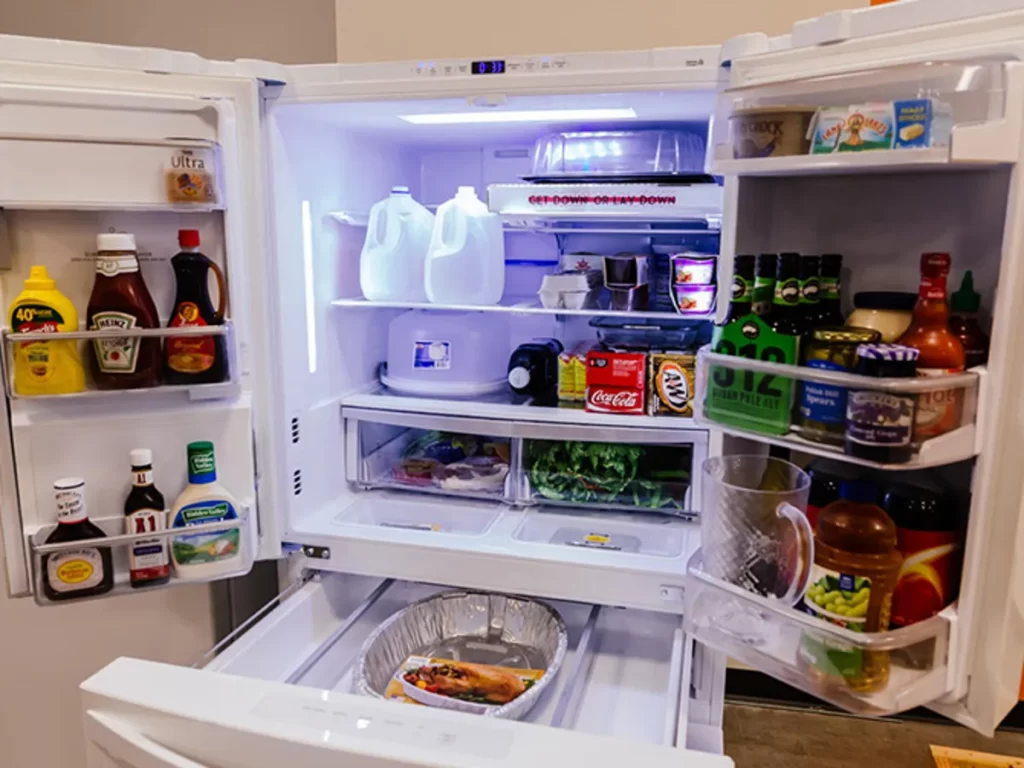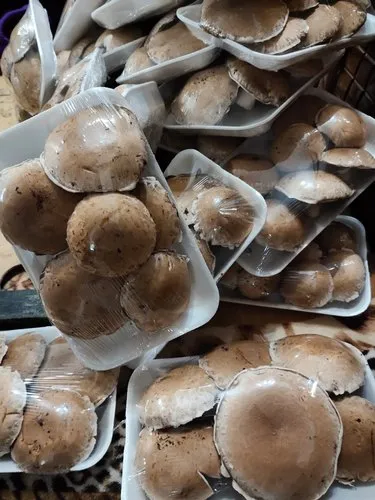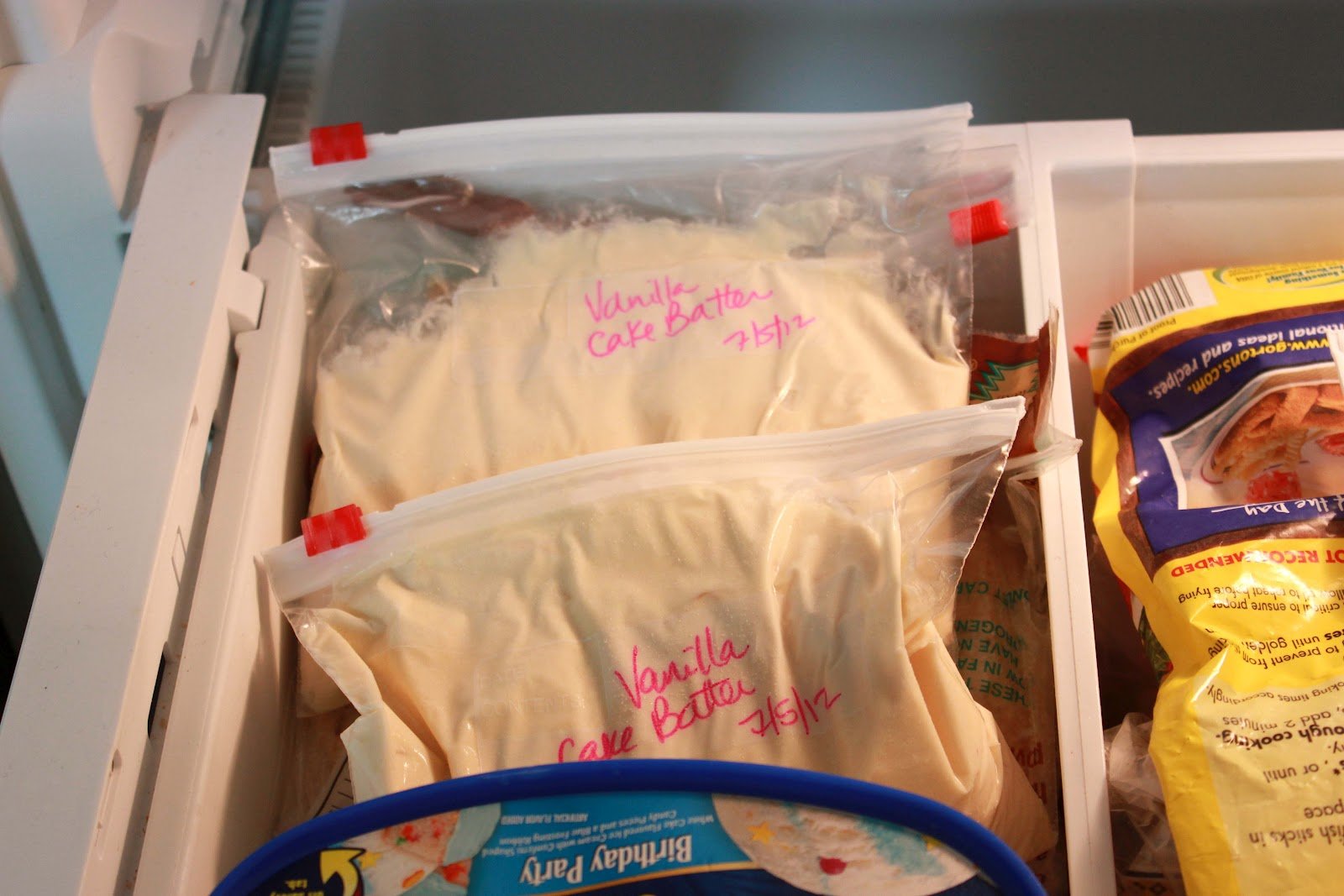Feeling frustrated because your fridge’s temperature doesn’t seem to be able to hold? Perhaps it’s too warm, and the fresh food spoils quicker than you thought. Maybe it’s too cold, causing condiments to freeze and creating icicles, and you’re likely to face a problem.
If the temperature of your refrigerator changes frequently, if your refrigerator temperature fluctuates frequently, you’re in the right spot. We’ll help you find the answer to your question. Why does my refrigerator’s temperature change constantly?

Is It Normal for a Refrigerator Temperature to Fluctuate?
The fluctuations in temperature of a refrigerator are not unusual in refrigerators. If the fridge is running a cooling process, its compressor is turned off for a few minutes to allow the defrost system to operate. Some refrigerators do not have automatic defrost systems; however, the compressor shuts down at a particular time. During that time, the temperature increases. The cooling process can resume, which then runs through the refrigeration cycle.
Some refrigerators are better equipped to deal with temperature fluctuations since they are more durable. Refrigerators that cost a lot are designed to regulate these variations and to keep temperatures constant. The typical refrigerator temperature should range between 37 and 44 degrees Fahrenheit.
However, the fluctuation is not as usual when the internal temperatures fluctuate between extremes more often. If you observe temperature is not within the ranges mentioned above, then expect something is wrong.
A few variables affect the fluctuation of temperature, no matter the model or the cooling capacity. These include a leaky or dirty door gasket, the number of items inside the refrigerator, the frequency of opening doors, the thermostat, condenser coils, and incorrect temperature settings.
Why Does My Fridge Temperature Keep Changing?
A fluctuating temperature in your refrigerator can be extremely annoying and dangerous. The continuous rise and fall in temperature could cause an increase in bacterial growth, which can make food spoil quicker. Temperature changes could also affect condiments and processed food items’ texture, flavor, and quality.
Additionally, it is highly annoying to add an ice-cold beverage or brewed tea to make an iced drink and then realize that the fluctuations in temperature make it impossible for the drinks to cool. If you’re experiencing an appliance that turns on and off continuously, you need to call customer support to learn what you can do.
Here are a few possible reasons that your refrigerator can get cold and then warm again or tends to fluctuate between different temperatures:
Blocked Vents:
If you’re struggling with an average temperature for your refrigerator of 50 degrees, but no issue exists in the thermostat, there could be a blockage in your vents. The warm air is released through the vents during cooling. If this air doesn’t get out, it will build up and heat the refrigerator instead.
To avoid this, ensure your refrigerator has a few inches of breathing room around the entire perimeter to ventilate properly.
Keep Opening the Fridge Door:
If the door to the refrigerator is closed and opened repeatedly or left open for long periods, it will be in a position not to maintain a constant, consistent temperature. This can lead to an overcompensated fridge that produces colder air, which means a drastic decrease in the temperature.
To test this concept, just shut and open your fridge’s door only when it is necessary. If the problem were regular closing and opening, your fridge’s temperature would stabilize over a few days.
Altering Thermostat Setting:
It could be that your fridge isn’t working. Maybe a friend or family member has changed the temperature of your fridge. If you’re saying that your refrigerator isn’t cooling or your refrigerator isn’t being cold enough, you should make sure you check the thermostat.
Improper probe positioning
Another factor that can cause temperature fluctuations in your fridge is a poorly functioning compressor. The electronic temperature monitor’s response time hides temperature fluctuations in your fridge cavity. You can calibrate the temperature graphs into a time vs. temperature graph. The fluctuating temperature changes are periodic, as you will see. Sometimes, the probe of an electronic monitor is incorrectly placed. E.g., Near the fan or the evaporator coil.
You must consider the probe’s position. It may be that the probe is not in a good location. This could be contributing to the fluctuating temperatures. You can solve the problem by moving the probe away from the coil and out of the airflow.
Thermostat Sensors are Blocked:
The blocked thermostat sensors could result in refrigerators becoming too warm or cold. If food containers, bottles, and jars are placed near the refrigerator’s thermostat, they could cause it to become less efficient.
Placing warm food containers by the thermostat could cause the fridge to become too cold. However, if the cold food is placed too close to the thermostat, it will instead warm the fridge.
To solve this problem, ensure you don’t store food items near the thermostat or the refrigerator’s back. After that, check to determine if the temperature has stabilized.
Compressor Coils are Dirty:
To produce cool air, your refrigerator requires the refrigerant system to transfer heat from the inside. The constant process of gas expansion and then evaporation make your fridge operate. The heat generated by the cycle is released through the coils of compressors.
The coils are the covered metal tubes located at the bottom of your refrigerator. Clean and dusty compressor coils can cause the temperature of your fridge to fluctuate.

How to Fix Refrigerator Temperature Problems?
When the primary compartment inside your refrigerator is warm or cold, and the temperature controls aren’t helping you, clean the condenser and compressor coils. If they’re not cleaned at least once a year, the refrigerator will not be effective.
If the dirty coils aren’t the cause, you can adjust the temperature in the compartment for food. It should be between 35 to 40°F. A freezer should be 5°F to 0°F for freezing different items effectively like pineapple, cooked rice, sauces etc.
Do-it-yourself people may be able to repair the temperature control when it’s within reach.
For those with access controls, take these steps:
- Unplug the refrigerator.
- Label the wires to be aware of where they connect to the switch.
- Remove the tube and switch.
- Visit an appliance shop with the tube and switch and the serial and model of the refrigerator. You can then purchase an entirely new component.
- Don’t bend, kink, or fold the new tube when you bring it home or set it up. It’s a permanent hazard to the tube because the liquid is inside it.
- Install the new tube in the refrigerator in the same way as the previous one was fitted using wires or clips, which need to be joined by screws.
- Attach the panel to the housing for control.
If the temperature switch is working properly and you believe that the food storage is still warm, check for any gaps in the seal around the door. When the door doesn’t hang properly, and seals aren’t functioning, it could be that warm air is entering the room.
Other methods to decrease temperature fluctuation
Fortunately, it’s relatively simple to control the fluctuations in temperature within the equipment.
- The most straightforward option is to increase the thermal mass of the cooling system. It’s as easy as adding a bottle of water to the equipment and putting them in various places within the machine. The water will help reduce the temperature even when new items are added to the equipment.
- Ensure that you use equipment that continuously logs and transmits data. The most effective way to minimize the chance of deviations is to monitor the equipment’s temperatures constantly. As seen in the preceding examples, simply logging in every day isn’t enough to notice variations that happen several times per hour.
- Systems that provide consistent data reads are preferred. If you are using manual reading systems (e.g., USB data loggers), it is impossible to detect changes in temperature over time that could significantly impact quality and financial costs.
Final Thoughts
These are the possible causes that provide the answer to your query about the reason why my refrigerator’s temperature is constantly changing. Following these suggestions and diagnosis actions can reduce temperature fluctuation. This is all without having to go to a repair shop. The solutions are simple to follow and require the most effort to resolve the issue.

Frequently Asked Questions
Why does my refrigerator get warm and then cold again?
The primary reason is if your refrigerator door is closed and opened frequently or left open for long periods, then the refrigerator will not be able to maintain a stable, constant temperature.
How do I know if my fridge is cold enough?
The most effective way to be sure that your refrigerator’s temperature is at a cool temperature (below the temperature of 40°F) to ensure food safety is by using a thermometer in your refrigerator. This is because the temperature inside a fridge could change depending on the food items stored.
Why does my refrigerator not cool?
If the compressor is running and the fridge doesn’t cool, the problem is likely either frost-clogged coils or a stuck fan. When evaporator fans go wrong, they often chirp or squeak. keep your fridge clean just like portable ice maker to keep it cool and working always.


We are baking experts and connoisseur of food with decades of cooking experience to cook and bake a variety of scrumptious food item to awaken the taste buds of people who eat our baked delights.
With our gumption, alacrity along with astute acumen to pick the authentic and best quality ingredients from across the world to make the scrumptious recipes which soothes the taste buds of eater has made him the name on which people can count on when it comes to cooking advice, world class meals and cuisines native to the different cities of world.
Our chefs unique ability improvise and make baked dishes with different raw produce and ingredients in less time which are delicious and relished by the guests has made kooky bakes leader in the arena of baking and serving mouth watering food.


